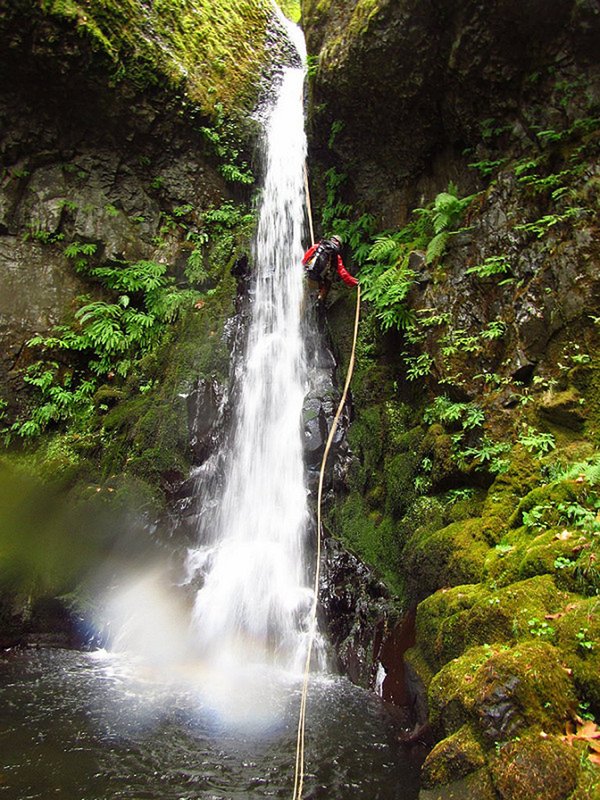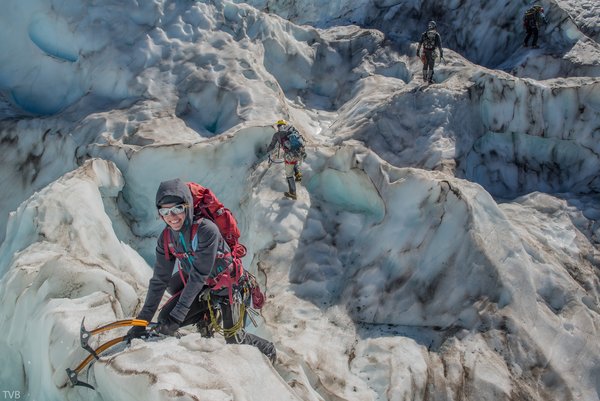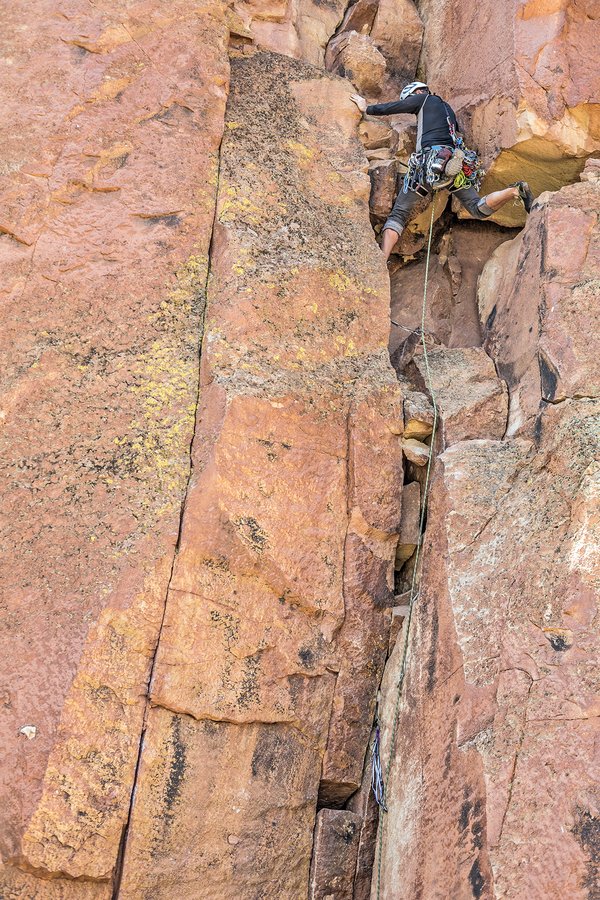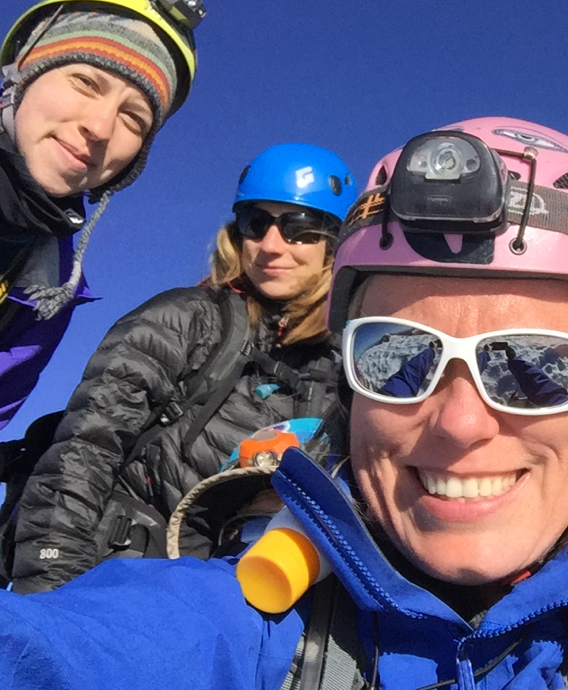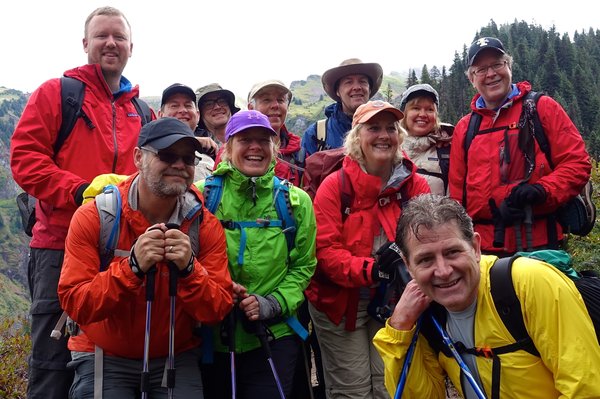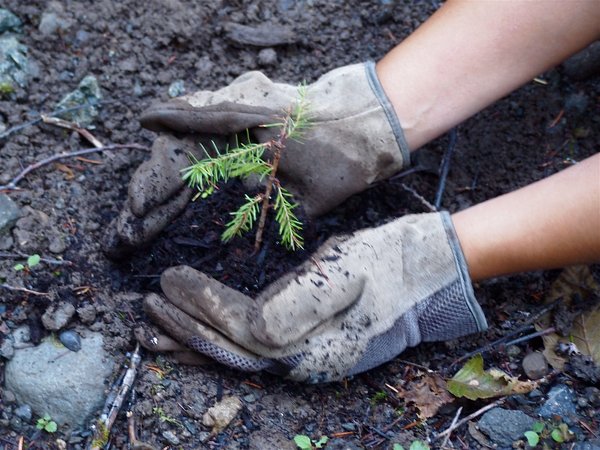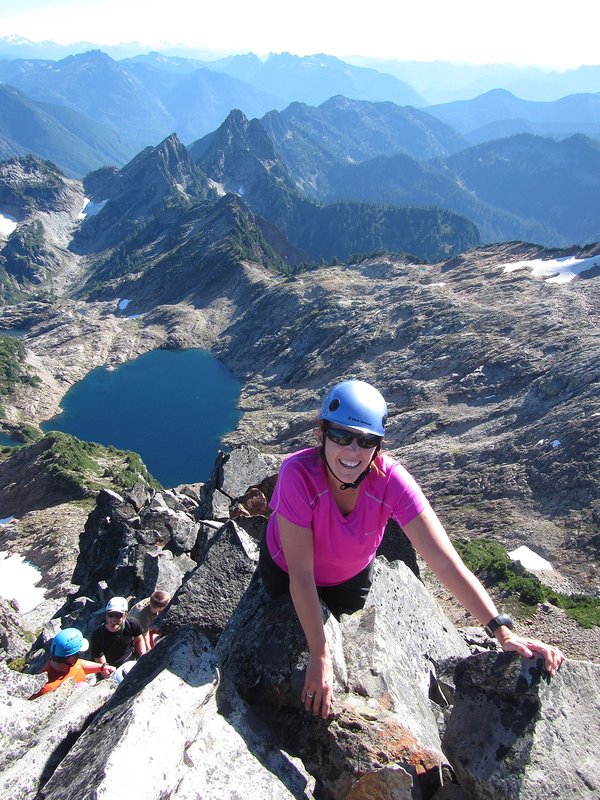Activity Notes
Early season climb of Mt. Hood from the south side. We will evaluate conditions closer to the climb and go up either old chute / pearly gates and most likely come down old chute. Will wait until about a week out to start accepting climbers.
I will look to start making firmer plans / dates about a week out. Go/No Go will likely have to be days out. We will be starting from timberline lodge at a time yet to be determined. This will most likely be an early start (12am-4am) from timber lodge.
Mt Hood has a potential for a bad fall above crater rock, with the runout being long or ending in a fumarole. Everyone is to be on high alert once we ascend above Crater rock.
Pay attention, do not try to go faster than what might be reasonable for you. If you are struggling for any reason, speak up
****************
DESCENT NOTES
Please have some experience with downclimbing in steep / icy terrain before applying. We will continue to have discussions on what everyone is comfortable with starting now and throughout the climb.
If the climb goes, we will most likely descend the old chute route. This dictates at least 3 points of contact facing the mountain, with the ax being in a high dagger position. You also have to be aware of ice coming from climbers above you. While it is courteous to not knock stuff down on climbers below you, sometimes it is beyond your control. For that, it is recommended that the team follow a staggered formation while descending. We will talk more about this as the climb gets closer.
At all points of time, be aware of your crampons and how they may catch on your pants or boots.
Use your ax (you will have two tools) in a self arrest position
There was a recent accident on a mazama climb of an experienced climber descending the chutes
https://www.oregonlive.com/environment/2023/11/im-going-to-die-portland-woman-falls-hundreds-of-feet-on-mt-hood-ponders-how-she-survived.html?outputType=amp
*******************
If you are newer to climbing or have questions, I encourage you to reach out to me before to make sure this climb is a good fit for you!
Latest Climb Information - https://www.fs.usda.gov/detail/mthood/recreation/?cid=FSEPRD1018659
Winter climbs of Mt Hood are very different from spring/summer. If you have not summitted the mountain before, please talk to the leader.
Email any questions -> pheNam2000@gmail.com

